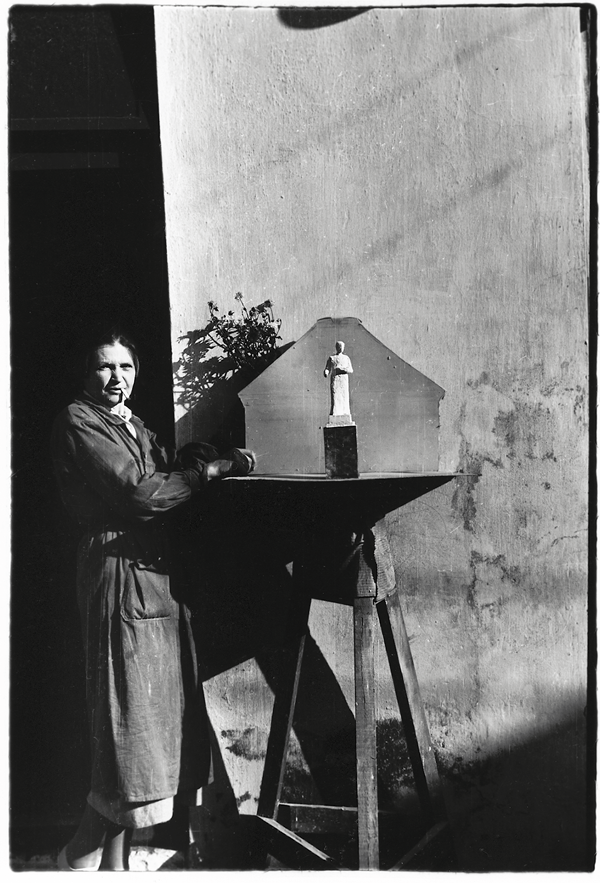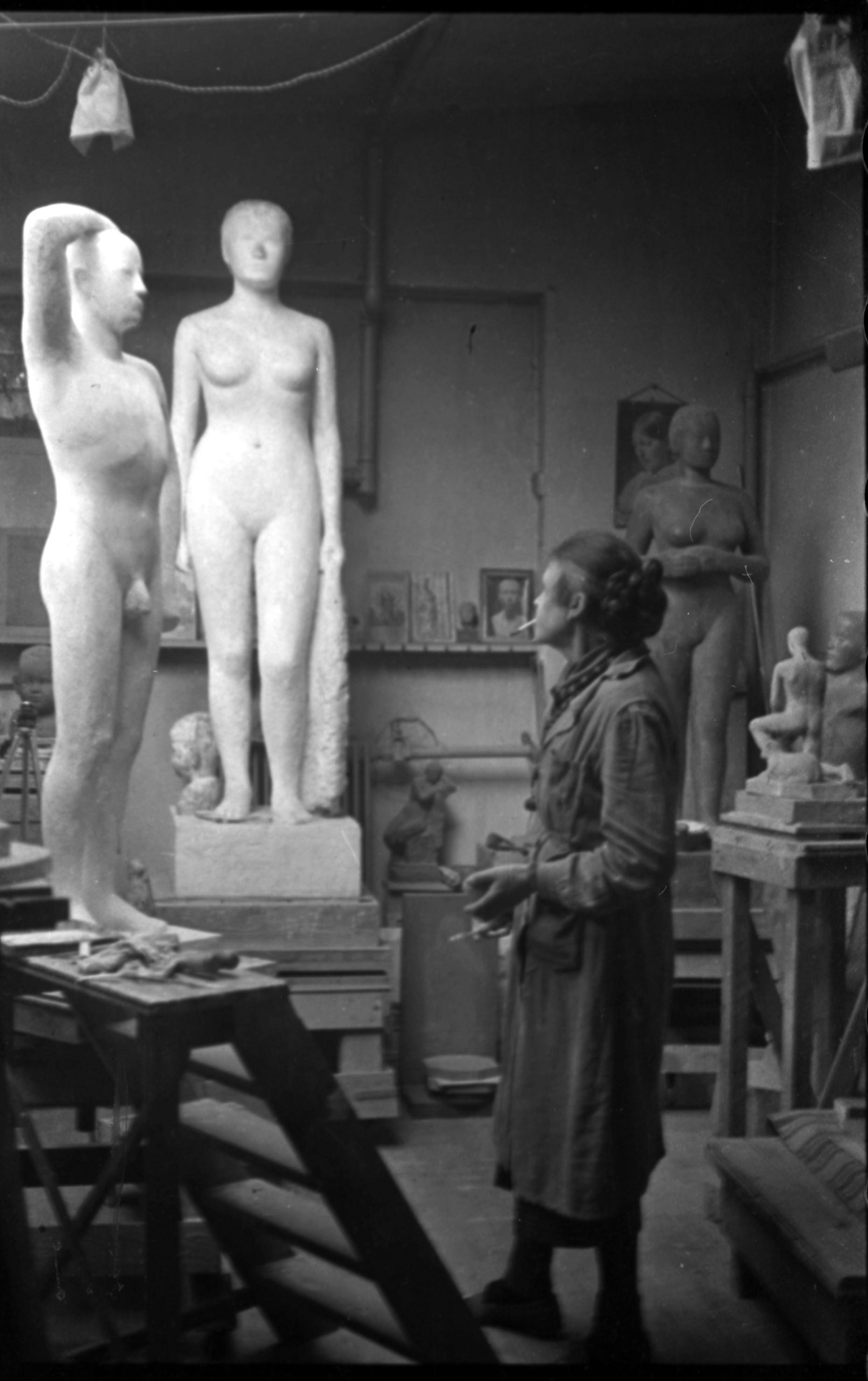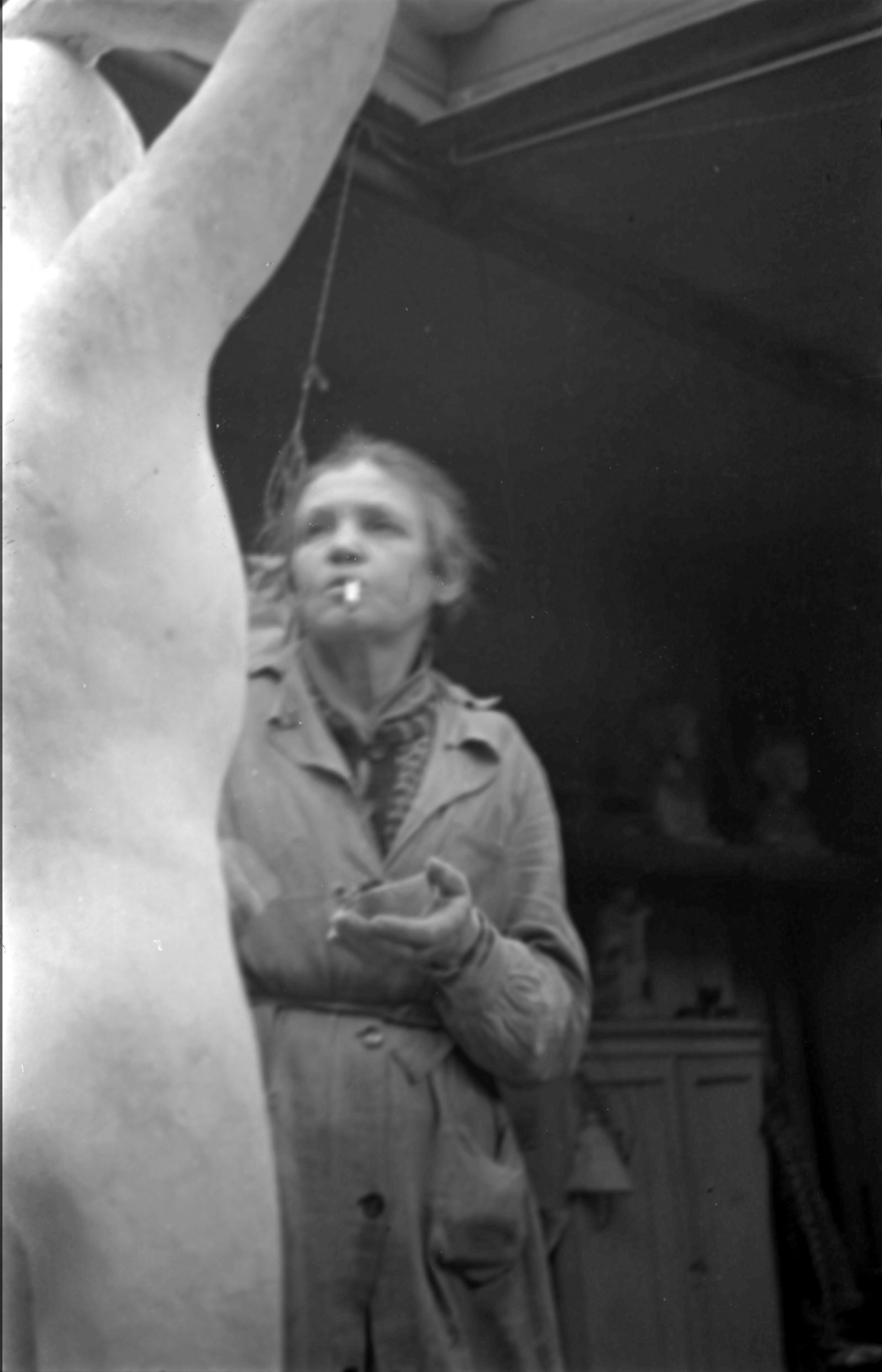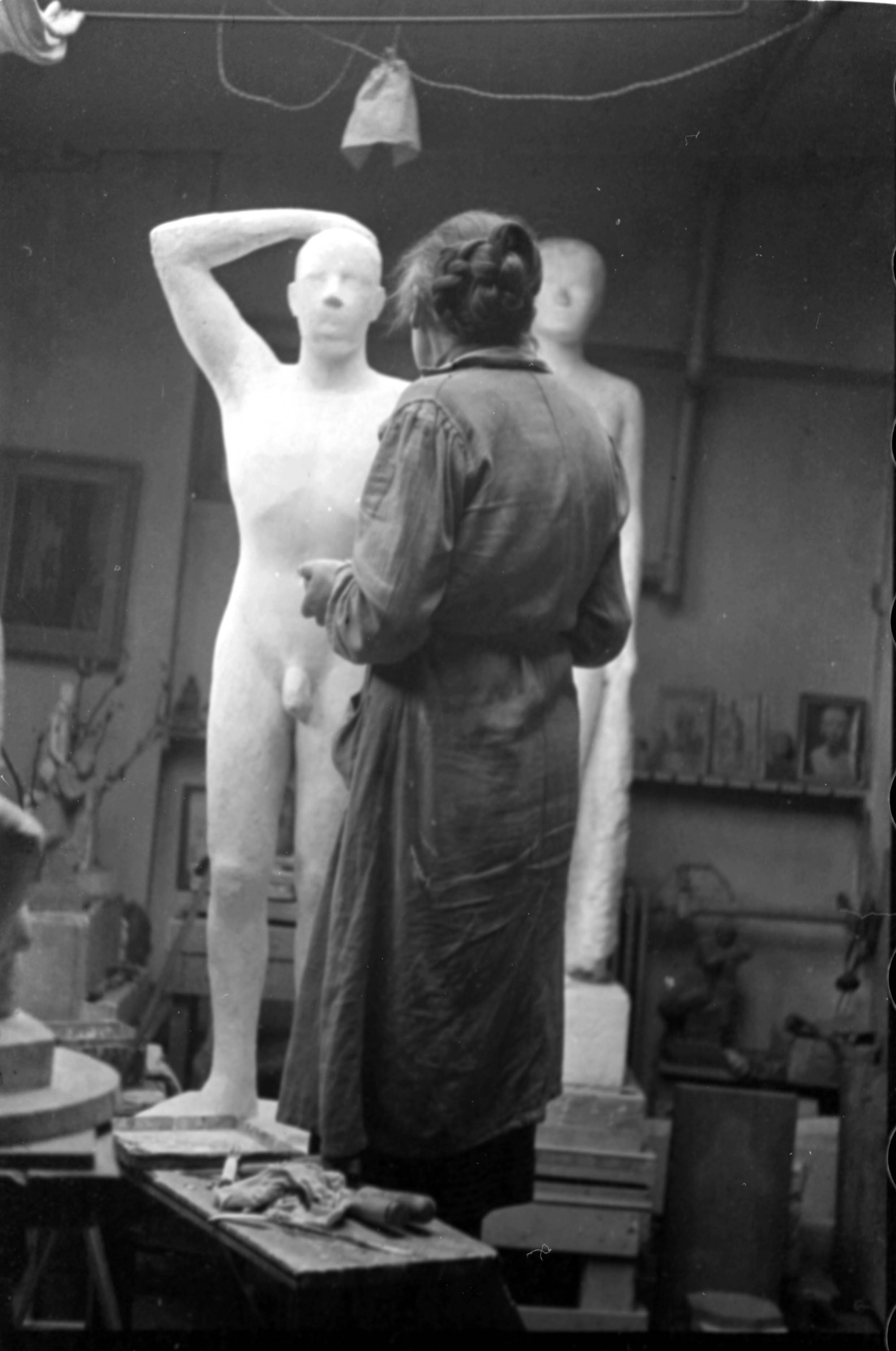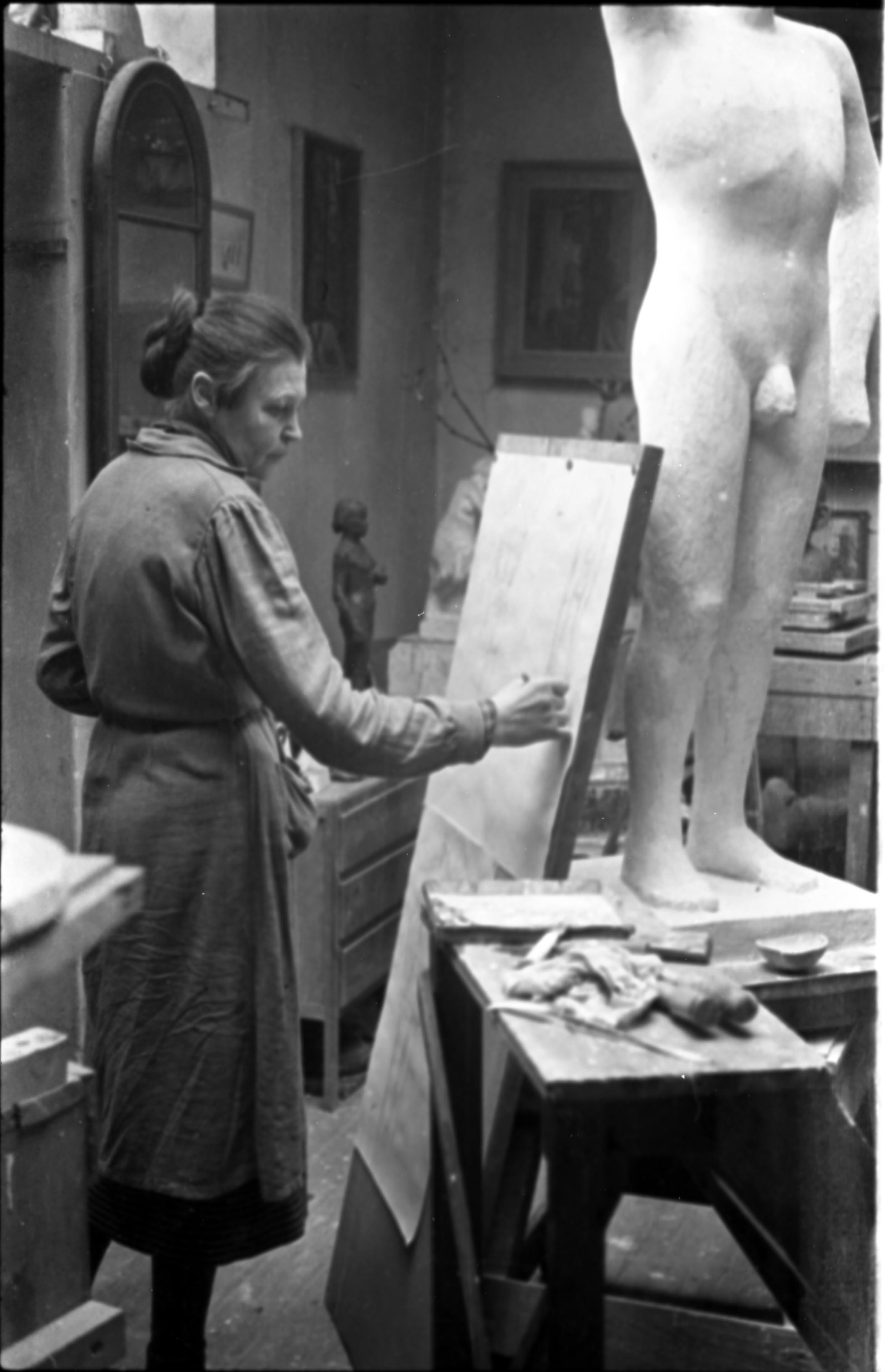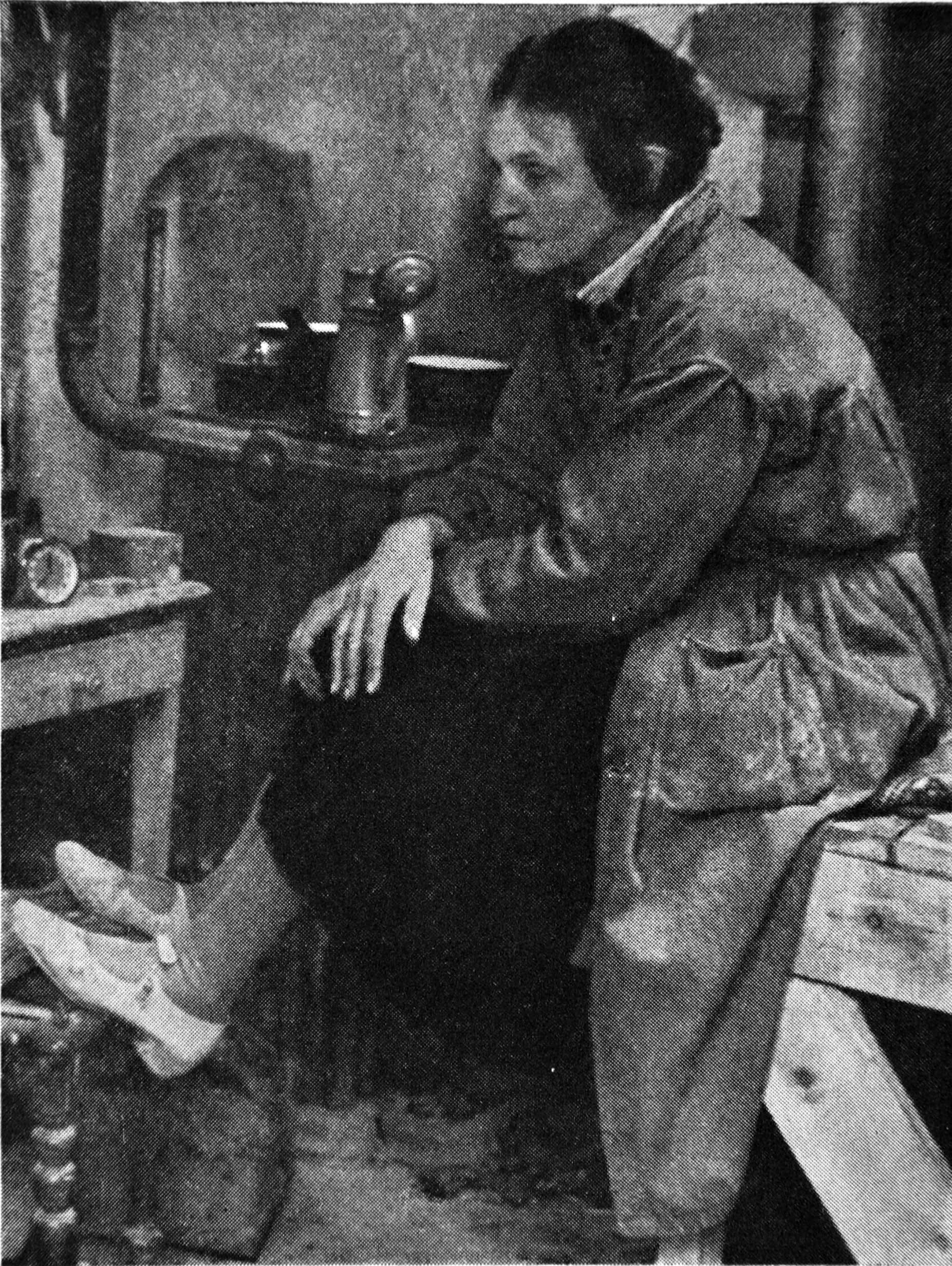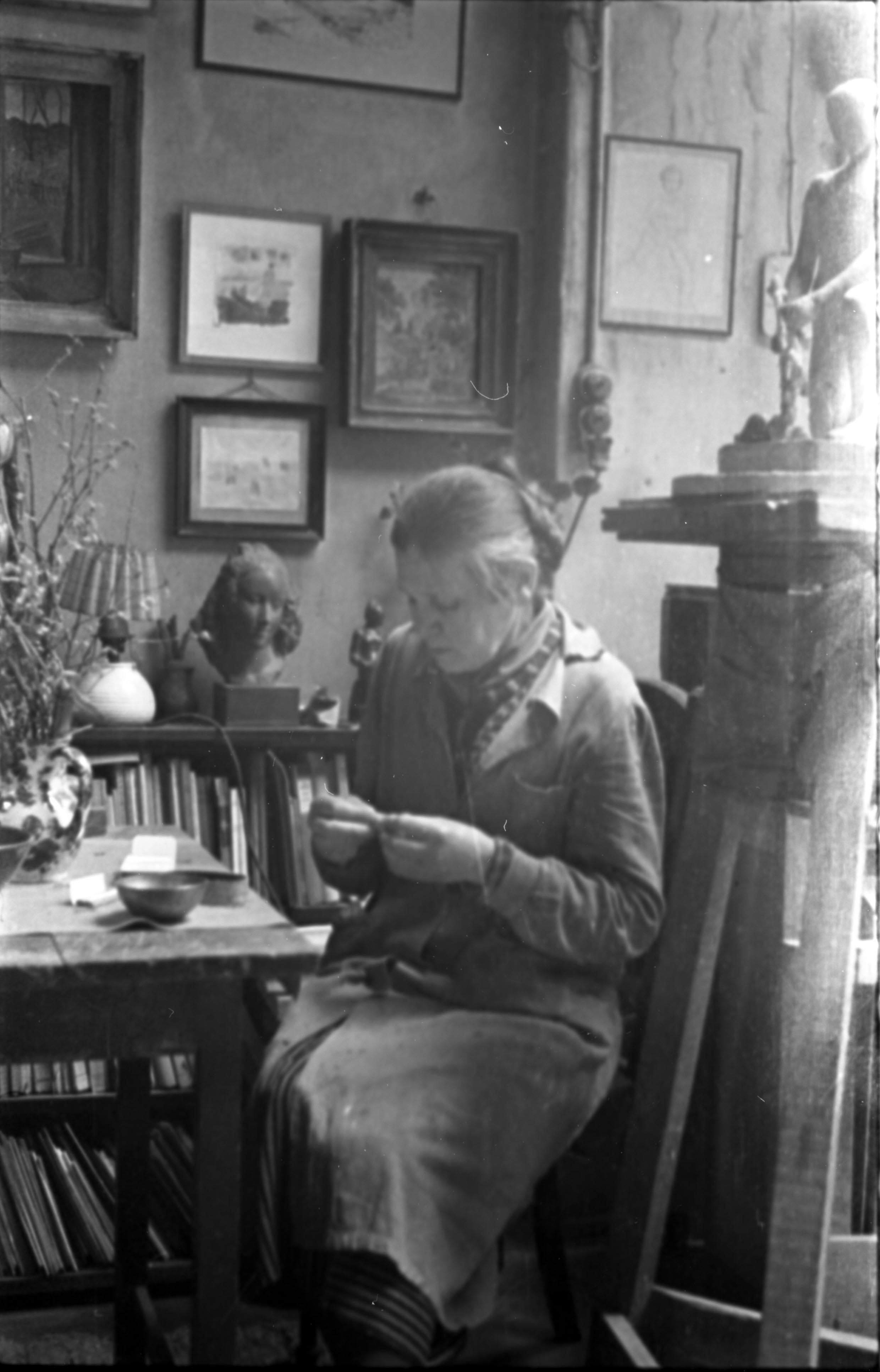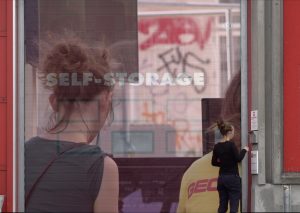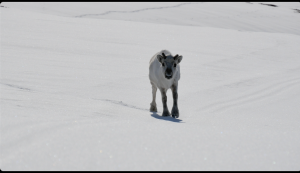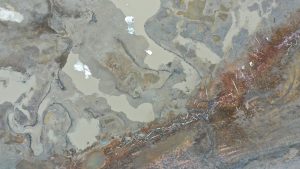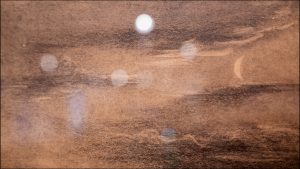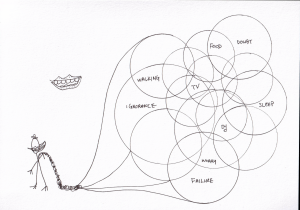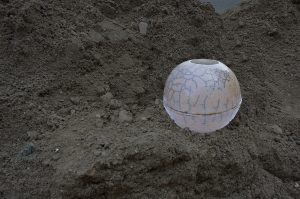-
- Astrid Noacks Atelier
- Rådmandsgade 34
- 2200 København N
- kbr@astrid-noack.dk
Current
Eva la Cour Still Image / Still pondering
07.03.25 - 12.03.25Events
Calendar
Eva la Cour Still Image / Still pondering
07.03.25 - 12.03.25Rikke Luther Dust & Flow: Muds, Movement, Time, Scale (film screening, 5pm)
19.03.25
Past events
Gitte Villesen, Pia Rönicke, Jytte Høy & Sebastian Hedevang On (again)
19.01.25 - 02.02.25Claus Handberg & Henrik Sundh Workmusic for Poets – live launch session, 2-3.30pm
15.12.24Jeuno Kim FAQ, Ofte Stillede Spørgsmål, 자주 올라오는 질문
08.11.24 - 23.11.24Arendse Krabbe Invitation to listen: Sound of becoming another kind of being – Living – Dying
20.09.24 - 19.10.24About ANA
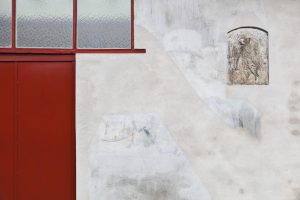
Photo: Laura Stamer.
ANA is an independent, non-profit space for artistic experimentation, knowledge sharing and community building in Outer Nørrebro in Copenhagen. It is housed in the former studio of Danish sculptor Astrid Noack. ANA’s mission is to use art as a critical pedagogical tool to influence the surrounding society and move it in a more sustainable direction.
ANA was established in 2009 and has a background in the activist artist collective YNKB (Ydre Nørrebro Kulturbureau). ANA’s programme consists of four strands: ANA Local, ANA Air, ANA Children and ANA Forum. These refer Astrid Noack’s everyday life and artistic work in her studio from 1936-1950, where social and professional exchanges with neighbours and artists from near and far were part of everyday life. ANA’s cross-aesthetic programme connects the history of the space with a desire to jointly develop the place, which as a result of gentrification is left isolated, cut off from its former existence as part of a lively backyard environment with workshops and small industry.
Today, ANA stands on the shoulders of the many artists and actors that have helped to support and develop the space over the years. ANA’s institutional modus operandi is rooted in a principle of repetition, slow (research) processes, knowledge sharing and collective (un)learning. To allow artists and curators to develop projects over several years and get to know the site and the surrounding rapidly gentrifying neighbourhood – which used to be a typical working-class neighbourhood – we emphasise inviting them several times, so they can continue their research and conversations over time. This is with a desire to keep things moving, to prioritise process over outcome and to function as a responsive, self-critical and relational art space.
In the coming years, we will further emphasise commoning and collective (un)learning. Practices that go against the productivity and growth-oriented values that characterise the surrounding capitalist society. We want to gradually slow down and focus on offering artists generous time for reflection and the opportunity to experiment and research in a context where knowledge sharing, negotiation and critical dialogue are central.
ACCESS NOTE:
ANA is wheelchair accessible and admission to our exhibitions and activities is always free.
COLLABORATION PARTNERS:
PASS – Center for Practice-based Art Studies, University of Copenhagen
roda – soft water on hard stone (Katarina Stenbeck & Carla Zaccagnini)
SUPPORTED BY:
Overretssagfører L. Zeuthens Mindelegat
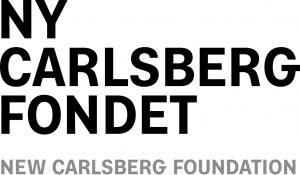
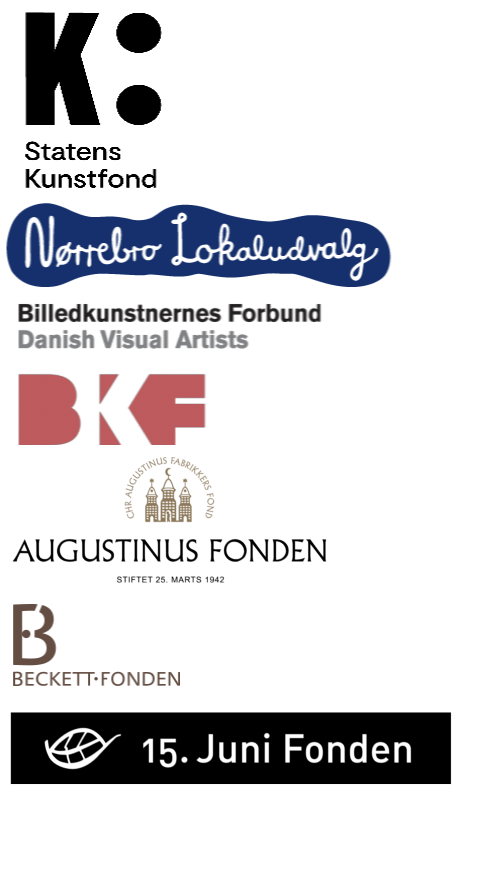
- ANA Air
- ANA Children
- ANA Forum
- ANA Local
Preservation Work
It’s still there. The sculpture studio in Rådmandsgade 34 on Outer Nørrebro in Copenhagen. The sculptor Astrid Noack (1888-1954) lived and worked here under very primitive conditions in the back building in the period 1936-1950. From here she fought her way up through the male-dominated art world of the time, and created some of her most significant works.
In 2010, the Foundation Rådmandsgade 34 was formed with the aim of gently restoring the studio. In September 2016, as the first important step in the Foundation’s work, the restoration of the part of the backyard where Astrid Noack lived and had a studio began. The restoration was realised with support from the New Carlsberg Foundation and was handled by architect Erik Brandt Dam.
Astrid Noack
Astrid Noack (1888-1954) is one of the twentieth century’s most significant Danish artists. As a sculptor she was inspired by the French tradition, which is characterised by frugality and scarcity of means, and by archaic sculpture. The figures stand in space and small displacements of movements gives life to the sculptures. The sculptures are built up from the inside, from where the displacements are propagated towards the surface and further into the room.


